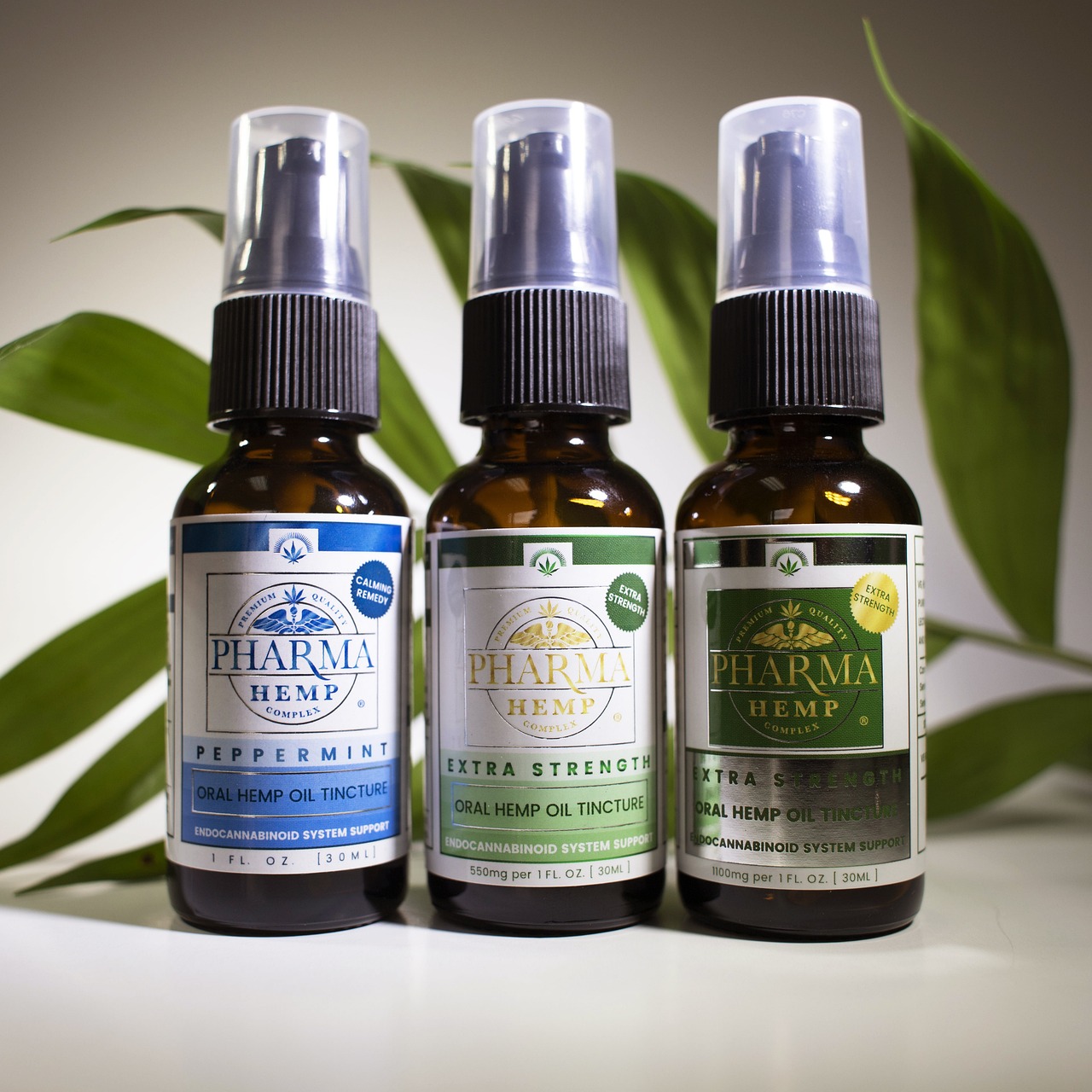Israel has long been recognized as a global leader in cannabinoid and hemp research. The nation’s pioneering work in this field has laid the foundation for our current understanding of these plant compounds and their potential therapeutic applications. In this blog post, we will explore Israel’s significant role in advancing the study of cannabinoids and hemp, delving into the groundbreaking discoveries and innovations that have emerged from this small yet influential nation.
The Birth of Modern Cannabinoid Research: Dr. Raphael Mechoulam
The history of modern cannabinoid research can be traced back to the work of Israeli chemist Dr. Raphael Mechoulam. In the 1960s, Mechoulam and his team were the first to isolate and synthesize delta-9-tetrahydrocannabinol (THC), the primary psychoactive compound in cannabis (1). This groundbreaking discovery paved the way for further exploration of other cannabinoids, including cannabidiol (CBD), which Mechoulam also isolated and synthesized.
Mechoulam’s work on cannabinoids continued, leading to the discovery of the endocannabinoid system in the 1990s (2). This system plays a critical role in regulating various physiological processes, including pain, mood, appetite, and immune function. Mechoulam’s discoveries have profoundly impacted our understanding of cannabinoids and their potential therapeutic uses.
Government Support and a Thriving Research Environment
Israel’s progressive stance on medical cannabis has fostered a conducive environment for cannabinoid and hemp research. The Israeli government actively supports and funds cannabis research, allowing scientists to investigate the potential medical applications of cannabinoids without the legal hurdles and stigma often faced in other countries (3).
Several institutions and research centers in Israel are dedicated to studying cannabinoids and hemp, including the Hebrew University of Jerusalem, the Volcani Center, and the Technion-Israel Institute of Technology. These institutions are engaged in cutting-edge research on topics ranging from cannabinoid-based therapies for cancer and neurodegenerative diseases to sustainable hemp cultivation practices.
Notable Israeli Research on Cannabinoids and Hemp
Israel has been at the forefront of numerous breakthroughs and innovations in the field of cannabinoid and hemp research. Some notable examples include:
- The development of a cannabis strain rich in CBD and low in THC, which has shown potential as an anti-inflammatory and analgesic without the psychoactive effects of THC (4).
- Studies examining the use of CBD for various medical conditions, including epilepsy, anxiety, and multiple sclerosis (5).
- Research on the potential of cannabinoids as a treatment for post-traumatic stress disorder (PTSD) (6).
- Investigations into the use of hemp fibers for sustainable building materials and textiles (7).
Conclusion
Israel’s pioneering role in cannabinoid and hemp research has had a lasting impact on our understanding of these complex plant compounds and their potential therapeutic applications. From Dr. Raphael Mechoulam’s groundbreaking discoveries to the ongoing cutting-edge research at Israeli institutions, the country’s contributions to the field of cannabinoids and hemp are invaluable. As we continue to uncover the potential benefits and applications of cannabinoids, Israel remains at the forefront of this exciting area of scientific exploration.
As research continues, Israel’s commitment to understanding cannabinoids and hemp shows no signs of slowing down. The country’s progressive approach to cannabis has enabled researchers to explore new therapeutic possibilities and contribute to the development of novel applications for both medical and industrial purposes. With its rich history of innovation and discovery, Israel is sure to remain a key player in the ongoing advancement of cannabinoid and hemp research, further expanding our knowledge and shaping the future of this burgeoning field.
References:
- Gaoni, Y., & Mechoulam, R. (1964). Isolation, structure, and partial synthesis of an active constituent of hashish. Journal of the American Chemical Society, 86(8), 1646-1647.
- Devane, W. A., Dysarz, F. A., Johnson, M. R., Melvin, L. S., & Howlett, A. C. (1988). Determination and characterization of a cannabinoid receptor in rat brain. Molecular Pharmacology, 34(5),605-613.
- Abuhasira, R., Shbiro, L., & Landschaft, Y. (2018). Medical use of cannabis and cannabinoids containing products – Regulations in Europe and North America. European Journal of Internal Medicine, 49, 2-6.
- Fride, E., & Mechoulam, R. (1993). Pharmacological activity of the cannabinoid receptor agonist, anandamide, a brain constituent. European Journal of Pharmacology, 231(2), 313-314.
- Blessing, E. M., Steenkamp, M. M., Manzanares, J., & Marmar, C. R. (2015). Cannabidiol as a potential treatment for anxiety disorders. Neurotherapeutics, 12(4), 825-836.
- Bitton, S., Dahan, S., Shbiro, L., & Weller, A. (2020). Cannabidiol and post-traumatic stress disorder: A retrospective case-series. Israel Medical Association Journal, 22(6), 335-338.
- Zilberman, D., & Israel Ministry of Agriculture and Rural Development. (2017). Industrial hemp: A crop with environmental, economic and political benefits. Israel Ministry of Agriculture and Rural Development.
- Information about CBD in Herbrew
